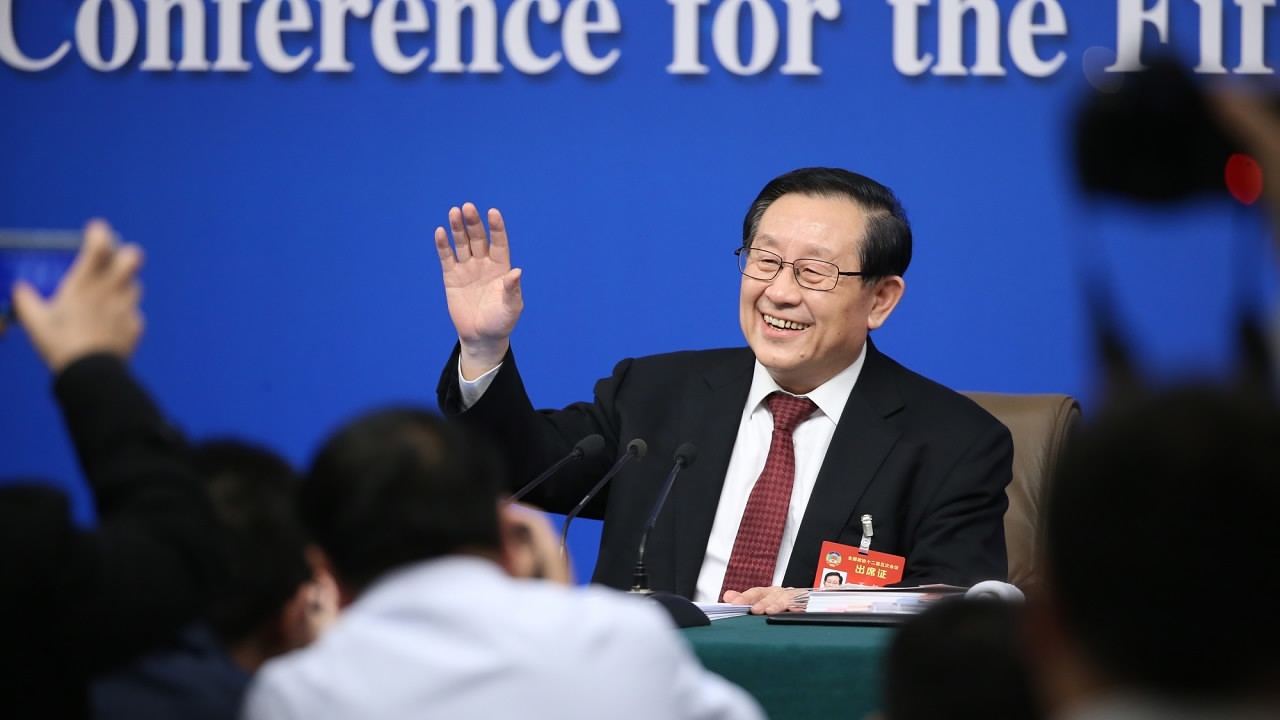
Tech & Sci
17:11, 11-Mar-2017
S&T minister lays out China's high-tech goals for 2030
Updated
11:01, 28-Jun-2018

China's Minister of Science and Technology Wan Gang today listed the technological innovations China wants to achieve by the year 2030.
Wan mentioned five major areas the ministry began focusing on in 2016, during a press conference in Beijing.
Information technology (IT), manufacturing, energy, health, and, space and deep-sea exploration are the next key areas China wants to develop in the means of science and technology.
Faster internet speeds
Wan elaborated on the first two areas. In IT, quantum computing and communication play an important role.

China launches world's first quantum satellite "Micius" on August 16, 2016. /CCTV
China launches world's first quantum satellite "Micius" on August 16, 2016. /CCTV
"A working plan for main projects is being made now," Wan told reporters. "You should pay close attention to the projects, since they will very likely be implemented in just two years."
Internet connectivity in China will be even faster and affordable, thanks to research on fifth-generation mobile networks (5G), Wan added.
He also said China's plan on the development of artificial intelligence (AI) will be seen in the near future.
Manufacturing development
In manufacturing, China has been developing advanced computer numerical control (CNC) technologies and large airplanes since 2006. The country will also start to build its own aircraft engines and high-end robots.

Aero Engine Corporation of China was founded in Beijing on August 30, 2016. /CFP Photo
Aero Engine Corporation of China was founded in Beijing on August 30, 2016. /CFP Photo
The ministry also is focused on developing new materials in manufacturing. This was also mentioned in the government work report of China's Premier Li Keqiang, which kicked off this year's Two Sessions.
More funding control for scientists
China also wants scientists in the country to be able to get the funding they need to take on the important projects they want to do. One of the most direct ways to do this is by letting individual scientists control more share of budgets.
More than 50 percent of the profits brought about by scientific innovations would be awarded to individuals instead of organizations, Wan told reporters.

SITEMAP
Copyright © 2018 CGTN. Beijing ICP prepared NO.16065310-3
Copyright © 2018 CGTN. Beijing ICP prepared NO.16065310-3